I just received this RU-19 aircraft radio receiving set from an eBay purchase. I plan to mate it up with my Westinghouse GP-7 transmitter. According to this chart of WW2 Navy radio gear, this particular combination would have been used in one of the Douglas SBD-3 Dauntless dive bomber configurations. I’ll also need to obtain an LM-7 frequency meter, DU-1 direction finder and various accessories to complete the set.
An exciting detail that I wasn’t aware of until I unpacked the receiver set is that it is nearly complete, with matching serial numbers! It includes all of the plug-in tuning units except for range F, though it did come with a mismatched dual-range unit covering range F. The receiver, dynamotor and all of the other tuning units are marked with serial number 8002, so this set has somehow managed to stay together since the early 1940s!
Like the GP-7 transmitter, the RU series of receivers are based on radio designs from the early to mid 1930s. WW2 saw a great deal of advancement in radio communications technology, and sets like this one represent the starting point of that surge of development. The RU-19 is a tuned radio-frequency (TRF) receiver, in contrast to most later receivers that used heterodyne architectures. Thus, it has lower selectivity than most newer radios. I expect that it won’t perform too well in crowded band conditions. However, since its mating transmitter only has around 25W-35W of AM carrier output, I’ll probably only use the set under good conditions. My T-368C + R-390A set is better suited for rough HF conditions.
The set is dirty, but appears to be in good mechanical and cosmetic condition otherwise. I can see that it has been modified, and I hope that it won’t be too hard to reverse the modification. It came with a home-brew power supply, but I plan to restore it to an original configuration and use its dynamotor power supply.
I still need to get my hands on various control and junction boxes for it. I have a copy of its manual on the way.
Photo Gallery
- RU-19 Receiver, Tuning Units and Dynamotor
- RU-19 Receiver, Tuning Units, Dynamotor and Home-Brewed Power Supply
- RU-19 Radio Receiver, Front Panel
- RU-19 Radio Receiver, Top Dataplates
- RU-19 Radio Receiver, Side Dataplate
- Dynamotor Base Dataplate
- Tube Compartment
- Dynamotor Connector
- RU-19, Side View with Dual-Band Tuning Unit Installed
- RU-19, Side View with Dual-Band Tuning Unit Removed
- Local Tuning Crank and Switch Knob, Front
- Local Tuning Crank and Switch Knob, Rear
- Antenna Switch Receptacle for Shaft or Knob
- Tuning Receptacle for Spline Shaft or Crank
- Dynamotor Top Dataplate
- Tuning Unit Cover Dataplate
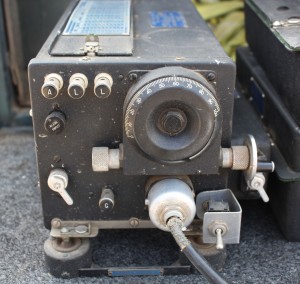


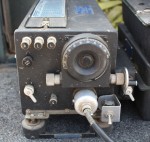
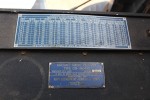
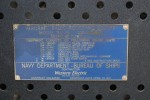
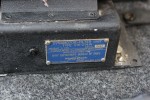

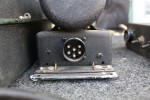

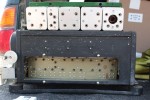
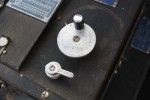
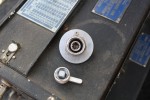
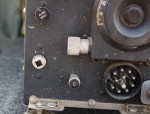
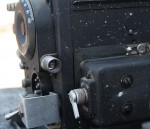
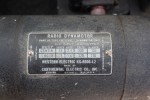
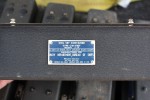
bonne journée a tous et santé surtout.
bonne écoute et dx